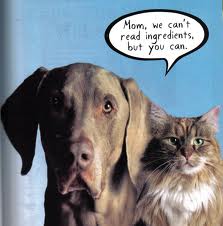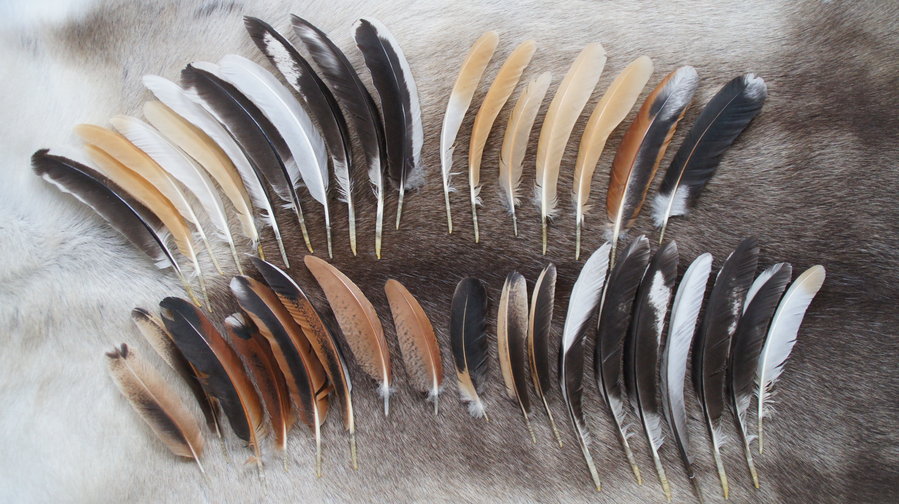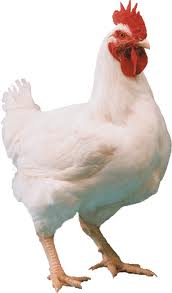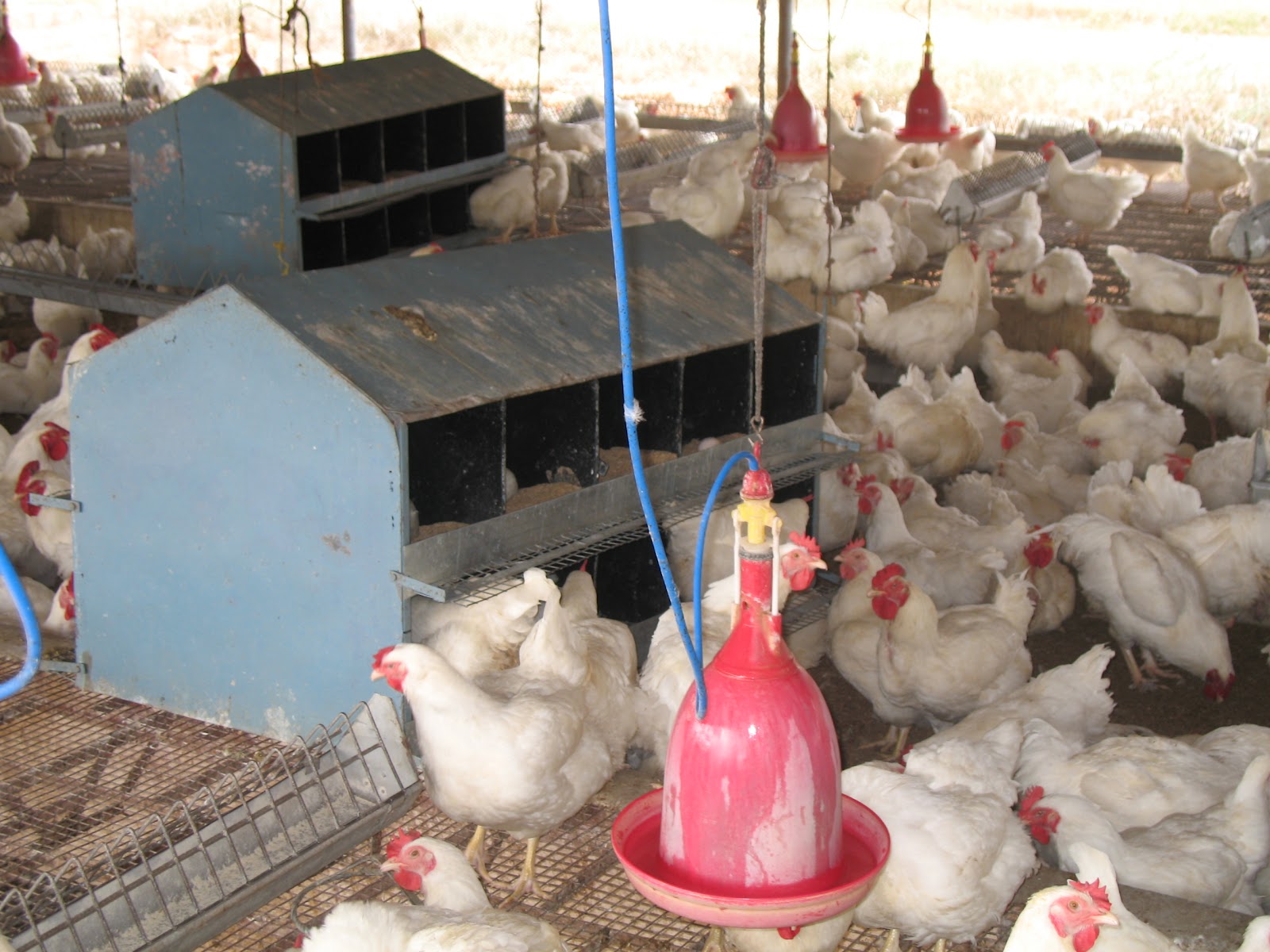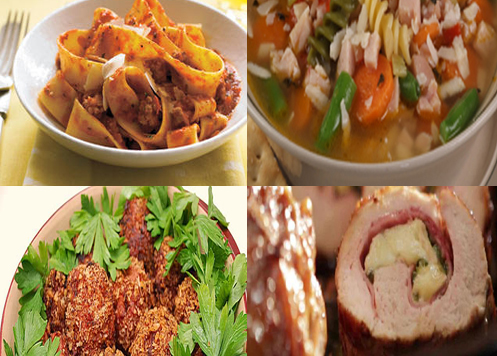Poultry/Chicken by product meal is a highly protein component which is manly used in pets food.it has many components in it such as bones,undeveloped eggs and other poultry wastage. Poultry meal and poultry by product meal is mainly used in preparation of dog food in many western countries.
Technique for Preparation of Hatchery Byproduct Meal
The main aim during processing hatchery waste is destruction of pathogens, reducing moisture % improvement of storage and handling qualities of material along with maintenance of nutritive value and palatability of finished product to the maximum possible extent_
De-hydration technique have been found quite successful for this purpose. This involves pre treatment, treating with chemicals like formalin, paraformaldehyde, propionic acid and acetic acid. Common – 0.7 per cent formalin – preservative, bactericidal, fungicidal, grinding, heating and drying in a tripple pass rotary drier to a moisture level of 5 per cent in the end product. Heat is applied in the form of steam to evaporate moisture and separate the fat. The time for cooking ranges between 2.5 and 10 hours depending on the size and charge used. The cooked material can be dried at 100°C for 10 hours in a forced draft oven.
Nutrient Composition of Hatchery Waste
Vendepopuliere (1983) has reported that hatchery by-product meal with 65 per cent moisture on an average contained 22.20 per cent protein, 24.60 per cent calcium 0.33 per cent phosphorus and 9.90 per cent fat on dry matter basis.
Verma (1974) concluded that hatchery by-product meal prepared from infertile eggs, contained 35 per cent protein, and 5250 kcal/kg metabolisable energy with gross protein value of 86.5.
Utilisation of Hatchery Waste
After converting hatchery waste into hatchery by-product meal, it can be safely and efficiently used as poultry feed ingredient. It can be used to replace partly soyabean meal, fish-meal, meat or bone meal and dried skim milk in various poultry rations; preferably starting, growing and laying diets. Only its palatability and acceptability should be maintained by using proper technique of processing.
Further, its utilisation helps in reducing poultry feed cost directly with indirect utility in reducing pollution problem improving hatchery operations and saving space used for dumping waste.
